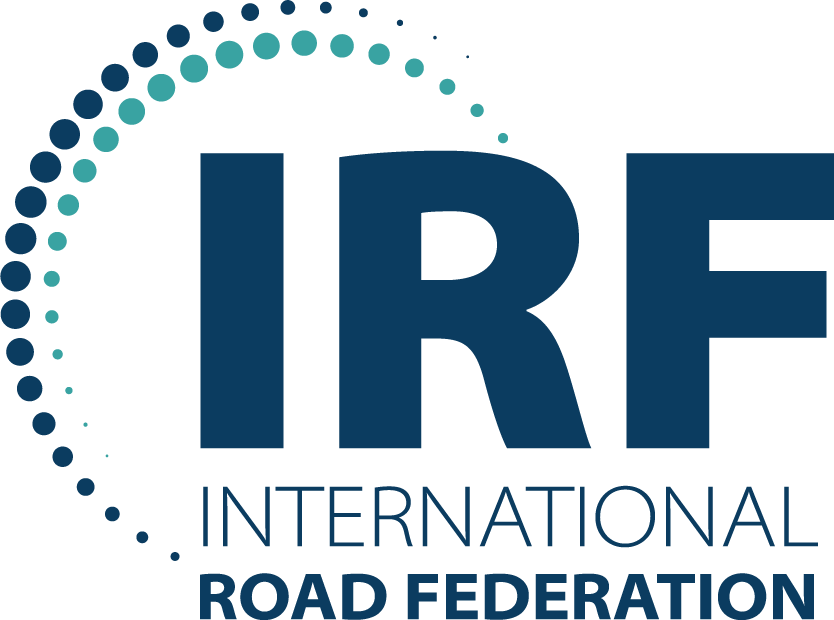AUSTRALIA
ROAD SAFETY PROFILEThe ATO road safety profiles offer insights into the road safety in 37 Asia-Pacific countries by utilizing road safety related data from various sources and policy information extracted from a range of documents.
These road safety profiles were developed by the Asian Transport Observatory in collaboration with the Asia Pacific Road Safety Observatory (APRSO) and the International Road Federation (IRF). This September 2025 edition updates the February 2025 release—prepared for the Global Ministerial Conference on Road Safety in Marrakech—to inform discussions at the Asia-Pacific Regional Road Safety Conference in Manila.
Country Summary
Road safety is a critical public health concern in Australia, as it is in many countries around the world. Despite significant improvements over the years, road crashes continue to cause fatalities and serious injuries, resulting in substantial economic costs and human suffering. In 2021, approximately 1,100 fatalities due to road crashes were reported by the country, which accounted for 0.8% of total deaths in the country.
There is no significant discrepancy between the number of road crash fatalities reported by country statistics and the Global Burden of Disease with the data from WHO. However, ensuring data consistency and robustness of reporting mechanisms is crucial for evidence-based policymaking.
Disaggregated data, which breaks down road crash statistics by factors such as age, gender, and road user type, provides valuable insights into trends and risk factors. For example, the share of females in road crash fatalities decreased from 27% to 26% between 2010 and 2021. This suggests that while both genders have seen improvements in road safety, females have experienced slightly greater progress. Additionally, the combined share of pedestrians and bicyclists in total road traffic crash fatalities was 16% in 2021, compared to the Asia-Pacific average of 31%. This indicates that Australia has made more progress in protecting vulnerable road users compared to other countries in the region.
The economic costs of road crashes in Australia are substantial. In 2021, fatalities and serious injuries combined cost about 30 billion USD, equivalent to roughly 2% of Australia's GDP. This includes direct costs such as medical expenses and property damage, as well as indirect costs such as lost productivity and pain and suffering. The high economic burden underscores the importance of investing in road safety measures.
Road crashes constitute about 8% of the total implicit costs due to fossil fuel subsidies in transport. IRAP estimates that an annual invesment of 5 billion USD, or just about 0.3% of Australia's GDP, could potentially save about 300 fatalities per year.
The International Road Assessment Programme (iRAP) provides star ratings for road infrastructure based on the level of safety offered to different road user groups. In Australia, as of 2024, 25% of road infrastructure had a 3-star or better rating for pedestrians, and 16% had the same rating for bicyclists. While these figures are higher than the Asia-Pacific averages, they indicate that there is still significant room for improvement in road infrastructure safety, especially for vulnerable road users.
The level of motorization, or the number of vehicles per capita, can influence road safety outcomes. In 2023, there were 801 vehicles per thousand population in Australia. This high level of motorization highlights the need for effective road safety measures to mitigate the risks associated with increased vehicle use.
Benchmarking
Benchmarking against other countries or regions can provide valuable context for evaluating road safety performance. In 2021, the road traffic crash fatality rate in Australia was 4.5 per 100,000 population. This is lower than the Asia-Pacific average of 15.2 but higher than the Pacific average of 3.5. Notably, there has been a positive trend in road safety over the past decade; fatalities per 100,000 population decreased from 6.6 in 2010 to 4.5 in 2021, marking a reduction of 32%. Benchmarking reveals that Australia has made good progress in road safety compared to the broader region but still lags behind some neighboring countries.
Australia had about 6 fatalities per 100 thousand registered vehicles.
Can Asia meet the 2030 target of halving fatalities?
- Urgent action needed to reduce road fatalities The Decade of Action for Road Safety 2021-2030 aims to cut road fatalities in half by 2030. An annual reduction of at least 7.4% is necessary to achieve this.
- Asia-Pacific region falling behind Despite reaching a peak in road crash fatalities, the Asia-Pacific region is not on track to meet the 2030 goal. The average annual reduction in deaths between 2016 and 2021 was only 0.6%, far below the required rate.
- Varying progress across Asia Using the 2016-2021 road crash fatality growth rate as a basis for estimates until 2030:
- Only 3 Asian countries are projected to achieve the 50% reduction target by 2030.
- 18 Asian countries are expected to reduce fatalities by at least 25%.
- Worryingly, 7 Asian countries will continue to increase road fatalities, moving further away from the target.
- In Australia, road crash fatalities decreased by approximately -2.7% per year between 2016 and 2021. However, this is not enough to reach the 2030 target to halve the fatalities by 2030
References
ATO. National Database (2024). https://asiantransportoutlook.com/snd/
IMF. (2024). Climate Data. https://climatedata.imf.org/pages/access-data
Institute for Health Metrics and Evaluation. (2021). GBD Results. GBD Results. https://vizhub.healthdata.org/gbd-results
Institute for Health Metrics and Evaluation. (2024). Global Burden of Disease Study 2021 (GBD 2021) Cause-Specific Mortality 1990-2021. https://ghdx.healthdata.org/record/ihme-data/gbd-2021-cause-specific-mortality-1990-2021
iRAP. (2024). Safety Insights Explorer. iRAP. https://irap.org/safety-insights-explorer/
Nirandjan, S., Koks, E. E., Ward, P. J., & Aerts, J. C. J. H. (2022). A spatially-explicit harmonized global dataset of critical infrastructure. Scientific Data, 9(1), 150. https://doi.org/10.1038/s41597-022-01218-4
United Nations Department of Economic and Social Affairs Population Division. (2022). World Population Prospects 2022. https://population.un.org/wpp/
WHO. (2023). Global Status Report on Road Safety 2023. https://www.who.int/teams/social-determinants-of-health/safety-and-mobility/global-status-report-on-road-safety-2023
World Bank. (2023). GDP, PPP (current international $). World Bank Open Data. https://data.worldbank.org/indicator/NY.GDP.MKTP.PP.CD
World Bank. (2024). Current health expenditure (% of GDP). World Bank Open Data. https://data.worldbank.org/indicator/SH.XPD.CHEX.GD.ZS





